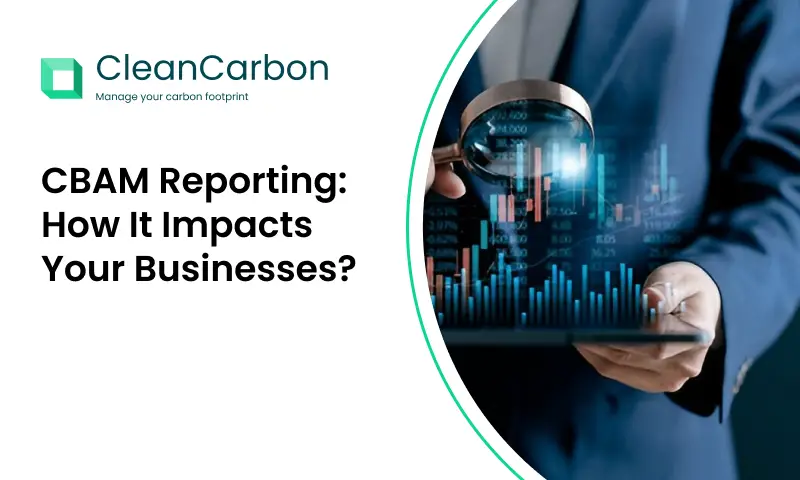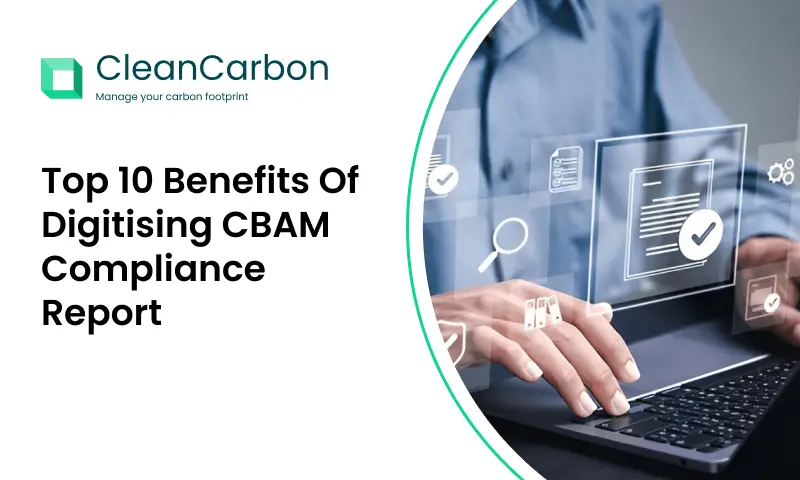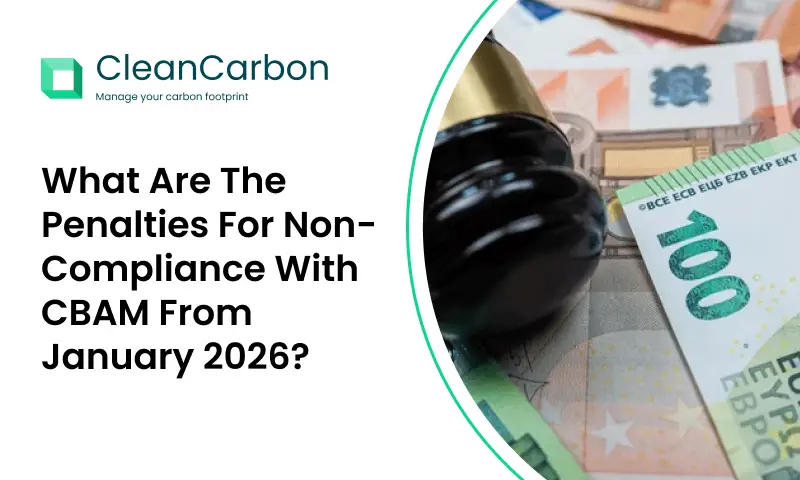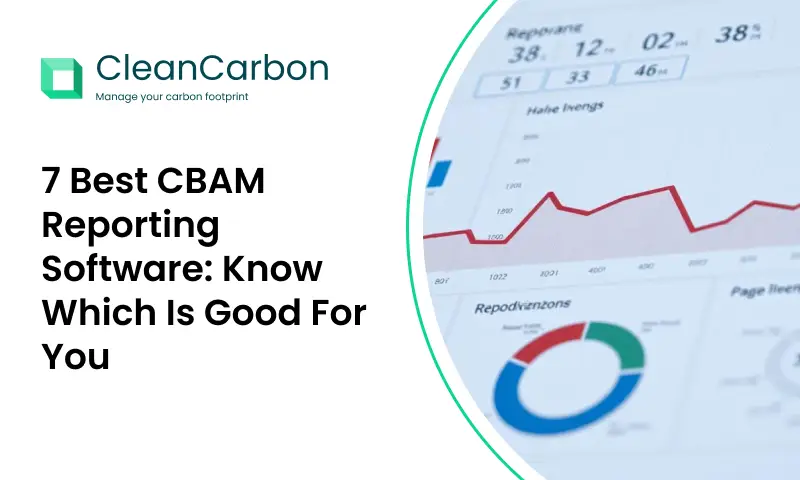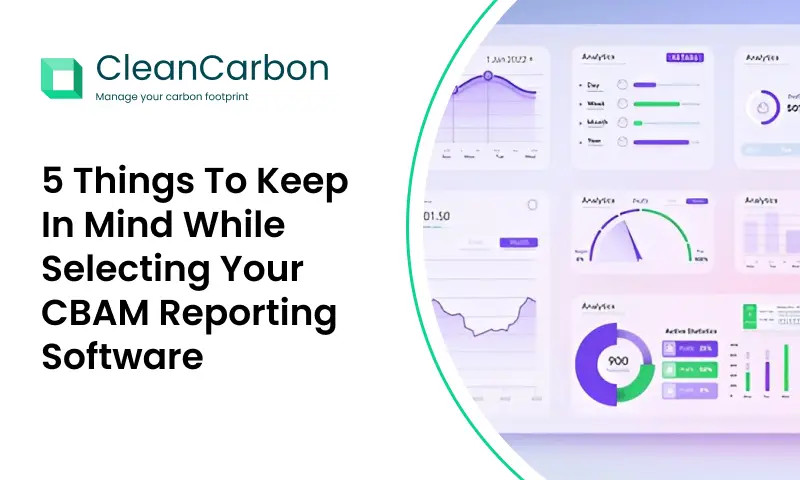The Carbon Border Adjustment Mechanism (CBAM) is one of the most misunderstood climate policies today. As it reshapes global trade, misinformation is spreading—creating unnecessary fear and confusion. Let’s bust the biggest myths and set the record straight.
CBAM Myth vs. Reality: What Every Exporter Should Know
1: "CBAM Is Just a Tax to Protect EU Industries"
Reality:
While CBAM does level the playing field for EU companies, its primary goal is environmental. By putting a price on carbon-intensive imports, it:
✅ Prevents “carbon leakage” (companies moving production to avoid climate rules)
✅ Encourages global decarbonization by making cleaner production more competitive
✅ Aligns with the Paris Agreement by ensuring climate efforts aren’t undermined by trade
The EU could have just subsidized local industries—instead, it chose a policy that rewards low-carbon production everywhere.
2: "Only EU Businesses Are Affected"
Reality:
CBAM directly impacts exporters worldwide, especially in:
- Steel (China, India, Turkey)
- Aluminum (Russia, UAE, Norway)
- Cement (Morocco, Egypt)
- Fertilizers (Russia, Trinidad & Tobago)
Non-EU companies face two choices:
- Decarbonize to avoid CBAM costs
- Pay the fee—which could make their products less competitive
Even US and UK firms exporting to the EU must comply.
3: "Developing Countries Will Be Crushed"
Reality:
While CBAM poses challenges for emerging economies, the EU has built in safeguards:
🔹 Gradual phase-in (full costs won’t hit until 2034)
🔹 Technical assistance to help build emissions-tracking systems
🔹 No extra costs if a product’s carbon footprint matches EU standards
The bigger risk? Countries that delay decarbonization may lose market share to greener competitors.
4: "CBAM Solves Climate Change Alone"
Reality:
CBAM is one tool among many, not a silver bullet. It works best when combined with:
- Stronger domestic carbon pricing
- Clean energy investments (e.g., EU’s Green Deal)
- International cooperation to help poorer nations transition
Think of CBAM as a backstop—not the entire playbook.
5: "The Costs Will Be Passed to EU Consumers"
Reality:
Studies suggest CBAM’s price impact will be modest:
- Electricity: <1% cost increase
- Steel: ~1-2% higher prices
- Cement: Negligible effect (most is produced locally)
Why? Many exporters will absorb costs or clean up production rather than lose EU market access.
Final Thought: A New Era of Climate-Driven Trade

CBAM isn’t perfect—but most criticisms stem from misunderstandings. The truth? It’s a pragmatic compromise between:
- Climate urgency and economic realism
- EU leadership and global equity
The best response? Learn the real rules, adapt early, and use CBAM as a catalyst for green innovation.
Which CBAM myths have you encountered? Share below—let’s keep debunking!


